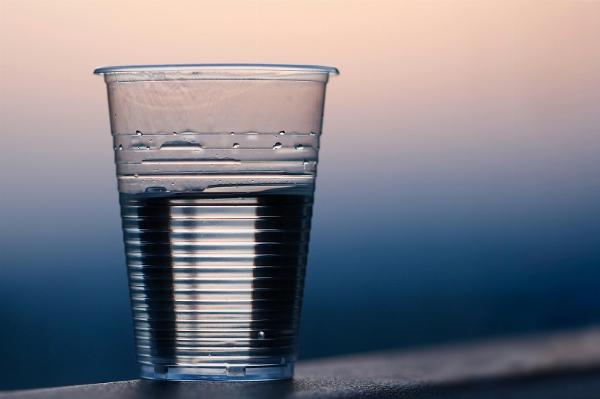How to Filter Chlorine and Fluoride Out of Water

Strong 8k brings an ultra-HD IPTV experience to your living room and your pocket.
It is important to understand the principles, advantages and disadvantages, and applicability of various methods to filter chlorine and fluoride from water. The following is a detailed answer:
The presence of chlorine and fluoride in water and their hazards
Chlorine
Chlorine is often used to disinfect tap water, mainly to kill bacteria and viruses. However, drinking chlorinated water may cause some health problems, such as:
Chlorine reacts with organic matter in water to produce carcinogens such as chloroform.
Long-term drinking of chlorinated water may cause gastrointestinal discomfort, dry skin, and other problems.
Fluoride
Fluoride is often added to drinking water to prevent tooth decay, but excessive fluoride can also cause health problems:
Excessive fluoride intake can lead to fluorosis, which causes tooth and bone lesions.
Long-term excessive intake may lead to fluorosis and osteoporosis.
Methods for filtering chlorine and fluoride from water
Activated carbon filtration
Activated carbon is a very effective filter medium, widely used to remove chlorine and organic pollutants from water.
Principle: Activated carbon has a highly developed pore structure and a large specific surface area, which can adsorb chlorine and organic substances in water.
Advantages: significant effect, low cost, simple installation and maintenance.
Disadvantages: limited effect on fluoride removal, and the filter element needs to be replaced regularly.
Reverse Osmosis (RO) Filtration
Reverse osmosis technology uses the selective interception of semipermeable membranes to remove various ions, microorganisms, and macromolecules in water effectively.
Principle: Under high pressure, water molecules pass through the semipermeable membrane, while dissolved ions and organic matter are intercepted.
Advantages: High removal rate of fluoride, chlorine, and other ions and microorganisms, providing high-purity drinking water.
Recommendation: It is recommended to use the ITEHIL reverse osmosis water filter, which uses PP cotton + activated carbon and RO membrane filtration, with a filtration effect of up to 99.99%. It is portable and can get drinking water anytime, anywhere.
Distillation
Distillation is an old and effective method of removing impurities by heating water to evaporate it and then condensing it into pure water.
Principle: When water is heated to boiling, the water vapor condenses into liquid, while the impurities are left in the raw water.
Advantages: Almost all impurities can be removed, including fluorine and chlorine.
Disadvantages: High energy consumption, low efficiency, and limited water production.
Cation exchange resin
Cation exchange resin can be used to remove fluoride from water.
Principle: The resin replaces fluoride ions in water with other harmless ions through an ion exchange process.
Advantages: It has a significant effect on fluoride removal.
Disadvantages: It is only effective against fluorine and has limited effect on other pollutants, and the resin needs to be regenerated regularly.
Other methods
Ultraviolet disinfection: It is mainly used to kill microorganisms in water, and is ineffective against chlorine and fluorine, but can be used to supplement other filtration methods.
Boiling: Boiling can remove some chlorine, but is ineffective against fluorine.
Practical applications and recommendations
It is very important to choose the right filtration method according to actual needs. In urban areas, chlorine and fluoride are usually already contained in the tap water treatment process. The following combination of methods is recommended:
Household water: You can install a reverse osmosis system, combined with activated carbon filtration, to remove both chlorine and fluoride.
Drinking water: If the budget is limited, you can use an activated carbon water filter. Although the removal effect of fluoride is limited, it can effectively reduce chlorine.
Health needs: Families who are sensitive to fluoride or have special health needs can choose a reverse osmosis system or distillation equipment to ensure water quality safety.
Maintenance and precautions
Regular maintenance and replacement of filter cartridges are the key to ensuring water quality regardless of the filtration method chosen:
Activated carbon filter cartridge: It is recommended to replace it every 3-6 months, depending on water quality and usage.
Reverse osmosis membrane: Usually replaced every 2-3 years, and the operating status of the system is checked regularly.
Distillation equipment: The evaporator and condenser need to be cleaned regularly to prevent mineral accumulation.
By scientifically selecting and reasonably combining filtration methods, chlorine and fluoride in water can be effectively removed to ensure the safety and health of drinking water.
Note: IndiBlogHub features both user-submitted and editorial content. We do not verify third-party contributions. Read our Disclaimer and Privacy Policyfor details.


